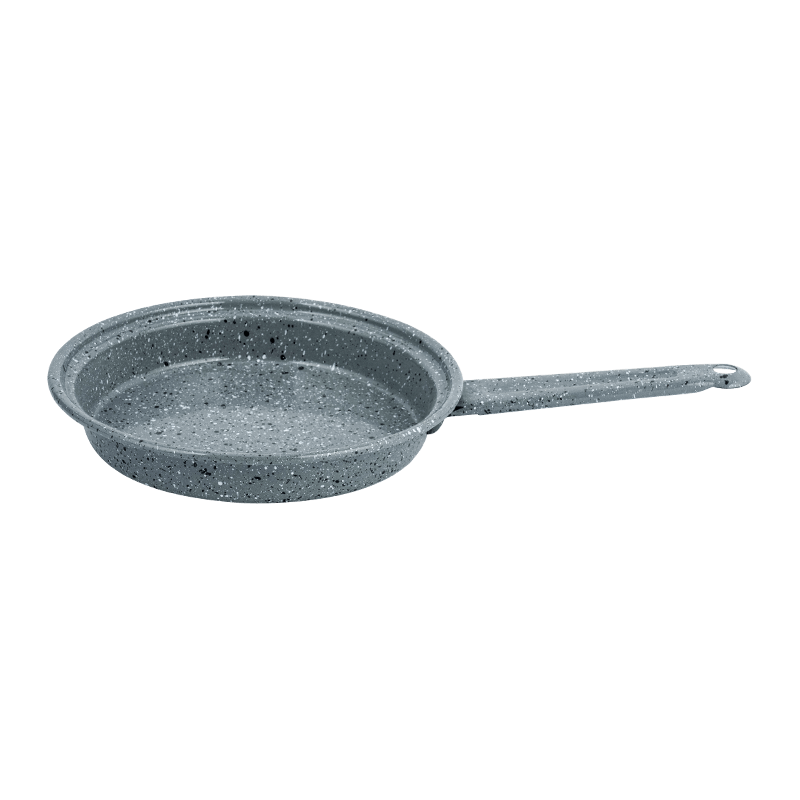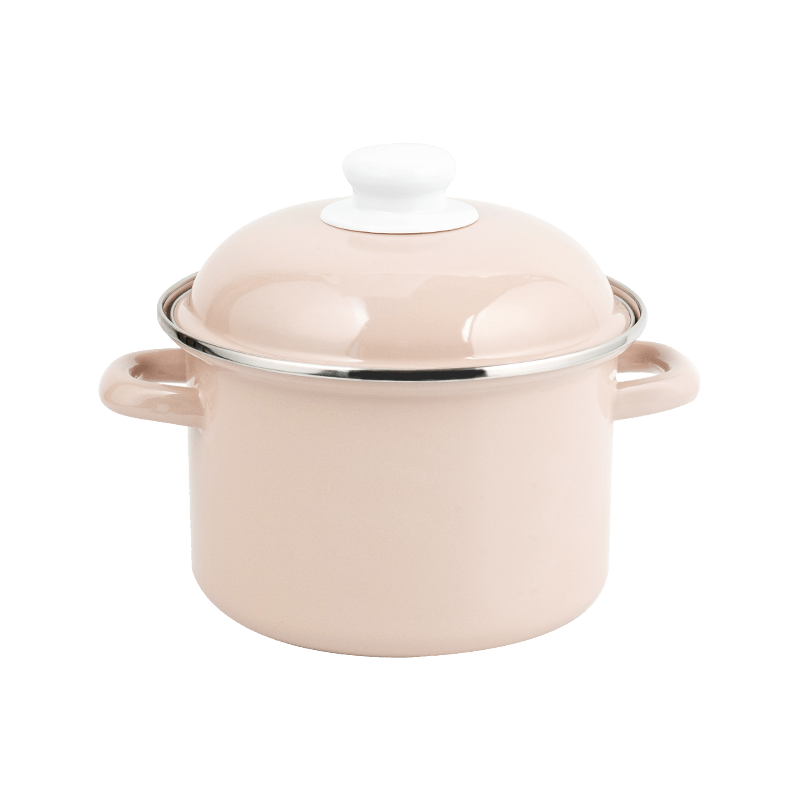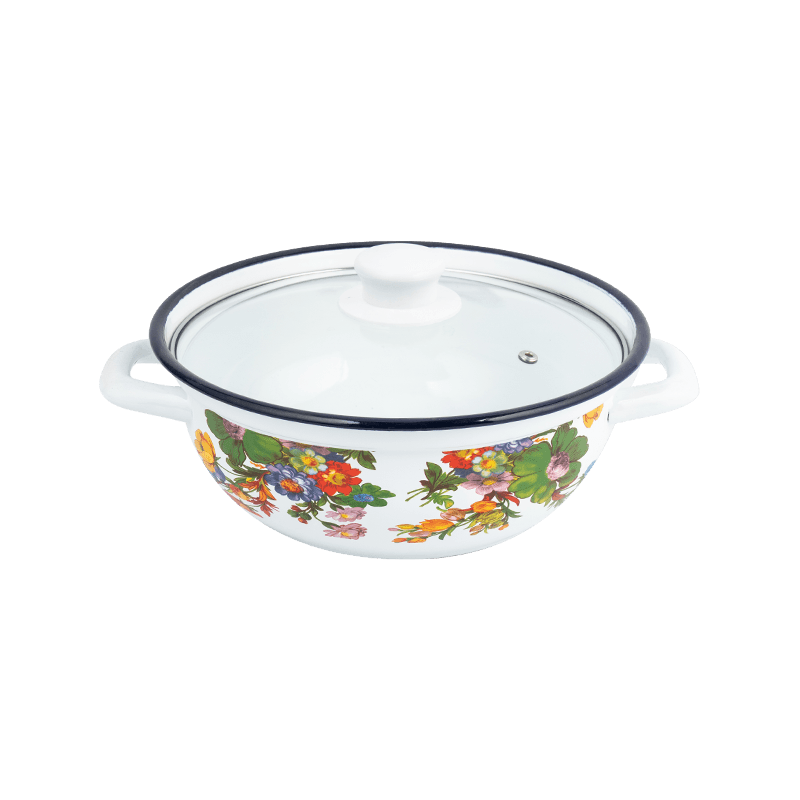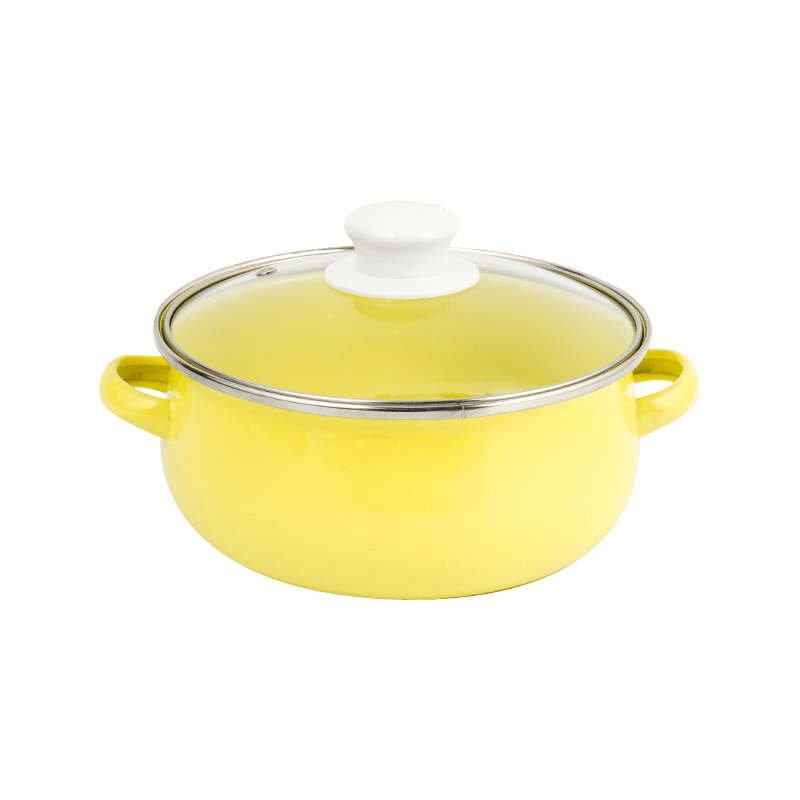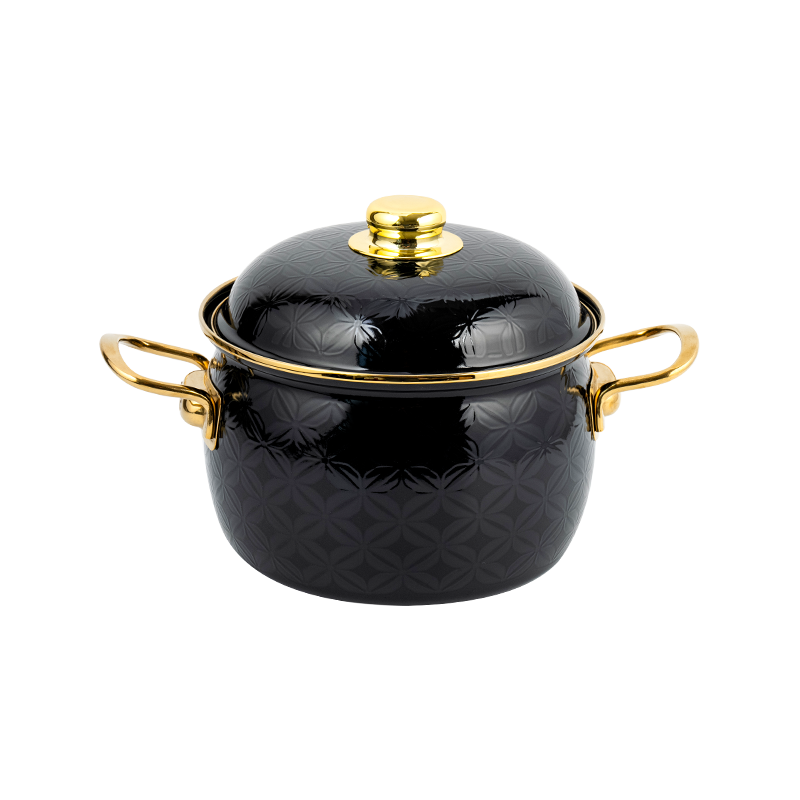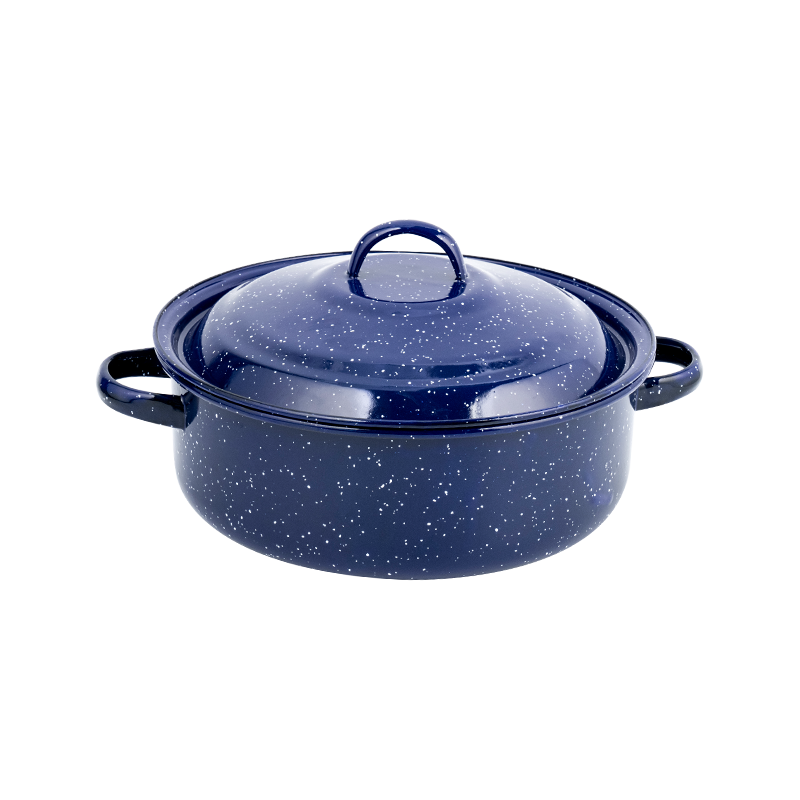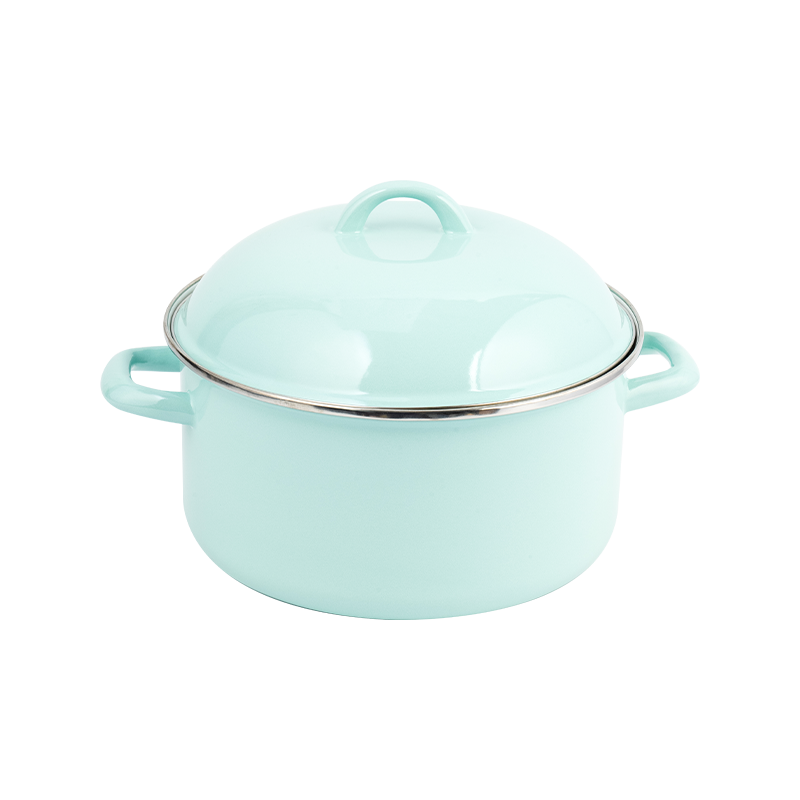The sight of a gleaming double-handle enamel pot often evokes cozy kitchens and hearty stews. But when packing for the great outdoors, campers rightly ask: Is this classic cookware truly suitable for camping? The answer isn't a simple yes or no. It hinges on your camping style, priorities, and willingness to manage its specific characteristics. Let's break down the key factors.
The Advantages: Where Enamel Shines on the Trail
-
Ease of Cleaning: This is arguably its biggest camping asset. Enamel's smooth, non-porous surface resists food sticking far better than bare metal. A quick scrub with hot water and minimal soap is usually sufficient, conserving precious water and effort at the campsite. No seasoning required like cast iron.
-
Non-Reactive Cooking Surface: Enamel won't react with acidic foods (like tomatoes or citrus) or impart metallic flavors. This makes it excellent for simmering sauces, cooking fruits, or preparing any dish where flavor purity is key.
-
Heat Distribution (Moderate): While not as exceptional as clad aluminum or copper, enamel-over-steel provides reasonably even heat distribution, especially for simmering and boiling. It helps prevent localized scorching if heat is managed well.
-
Stability & Handling (The Double Handle Factor): The dual handles offer significant advantages:
-
Secure Lifting: Especially valuable when the pot is full of hot liquid or food. Two hands provide much better control and stability over uneven ground or a campfire grate.
-
Spoon Rest: One handle often serves as a convenient (though hot!) rest for a stirring spoon.
-
Hanging Potential: The sturdy handles are well-suited for suspending the pot over a fire using a tripod or camp crane, a classic camp cooking method.
-
-
Aesthetic & Nostalgia: For car campers or those seeking a rustic vibe, the classic look adds charm to the campsite experience.
The Drawbacks: Considerations for the Wilderness
-
Weight and Bulk: Enamel-over-steel is significantly heavier than modern alternatives like titanium or thin-wall aluminum. The double handles add further weight and make the pot bulkier to pack. This is a major disadvantage for backpackers or anyone prioritizing lightweight gear.
-
Fragility: This is the most critical concern.
-
Chipping: Enamel is brittle. Impacts from rocks, other cookware, or even a drop onto a hard surface can chip the coating. Once chipped, the underlying steel is exposed and will rust. Chips can also harbor bacteria.
-
Thermal Shock: Rapid temperature changes are enamel's enemy. Pouring cold water into a very hot pot, placing a hot pot directly onto cold ground or into cold water, or exposing it to extreme, uneven campfire heat can cause the enamel to crack or craze (develop fine cracks).
-
-
Heat Responsiveness: While adequate for simmering, enameled steel doesn't heat up as quickly as aluminum or titanium and can be slower to respond to temperature adjustments. This can mean longer boil times and slightly more fuel consumption.
-
Campfire Compatibility (Caution Required): While usable over a campfire, direct contact with intense flames or uneven hot spots significantly increases the risk of scorching food onto the bottom and causing thermal shock damage. A stable grill grate or hanging mechanism is strongly advised. Coals are generally safer than roaring flames.
The Verdict: Matching the Pot to Your Camping Style
-
Ideal For:
-
Car Campers: The weight and bulk are negligible when space isn't critical. Ease of cleaning is a huge plus at established sites with water access. Stability is excellent for family-sized meals.
-
Base Camp/Glamping: Where rustic aesthetics and convenience for larger meal prep are valued.
-
Canoe/Kayak Camping: Where portaging is short or non-existent, and weight is less critical than in backpacking.
-
Controlled Heat Sources: Using a camp stove (propane, butane) where heat is even and adjustable minimizes thermal shock risk.
-
Cooks Prioritizing Easy Cleaning & Non-Reactive Surfaces.
-
-
Less Suitable For:
-
Backpacking & Long-Distance Hiking: Weight and bulk are prohibitive.
-
Ultra-Light Campers: Heavier than essential alternatives.
-
Rough Terrain/High Impact Trips: High risk of chipping from bumps and drops.
-
Unpredictable Campfire Cooking (Without Care): Requires careful fire management to avoid damage.
-
Essential Care Tips for Camp Use:
-
Handle with Care: Avoid impacts. Pack it securely, padded by clothing or other soft gear.
-
Manage Heat Gradually: Never place a hot pot directly on cold ground or in cold water. Allow it to cool somewhat before washing. Avoid blasting it with the fiercest part of a campfire.
-
Use Appropriate Utensils: Wooden, silicone, or plastic utensils are best to prevent scratching the enamel. Avoid metal utensils that could chip the surface.
-
Clean Gently: Avoid abrasive scouring pads on the enamel. Use a soft sponge or cloth.
-
Dry Thoroughly: Prevent rust on any exposed steel (rim, base, chips) by drying completely before storage. If chipped, dry meticulously after each use.
The double handle enamel pot can absolutely be a functional and charming piece of camp cookware, but with significant caveats. Its suitability depends entirely on your camping style. For car campers, families, or those prioritizing easy cleaning and stable handling for larger meals, it's a viable, even enjoyable option – provided it's treated gently and protected from thermal shock. For backpackers, ultralight enthusiasts, or trips involving rough handling, its weight and fragility make it impractical. Weigh the pros of easy cleaning and stability against the cons of weight and vulnerability to decide if this classic pot earns a spot in your camp kitchen.

 English
English 中文简体
中文简体




